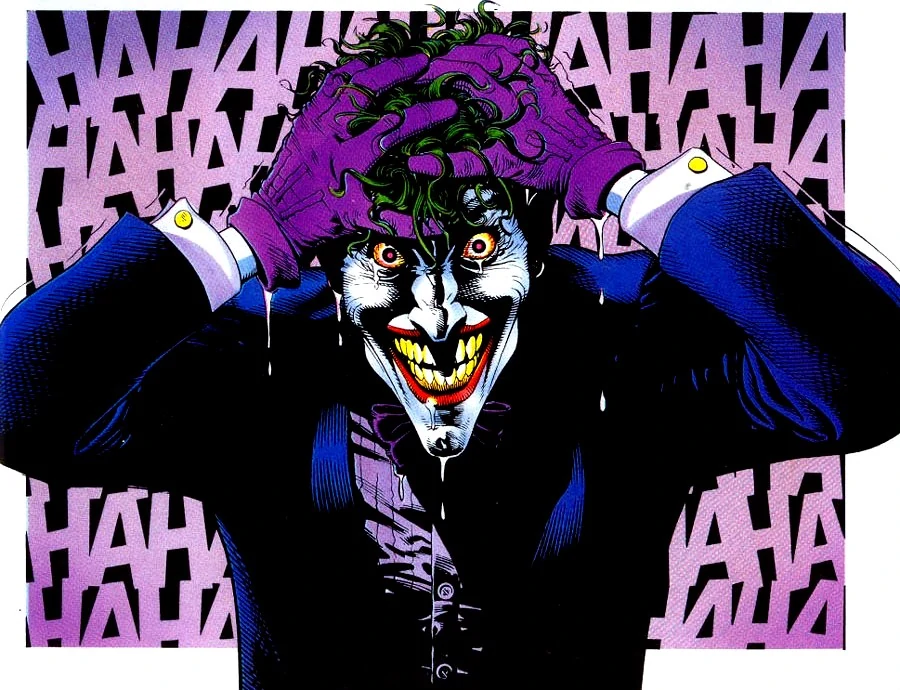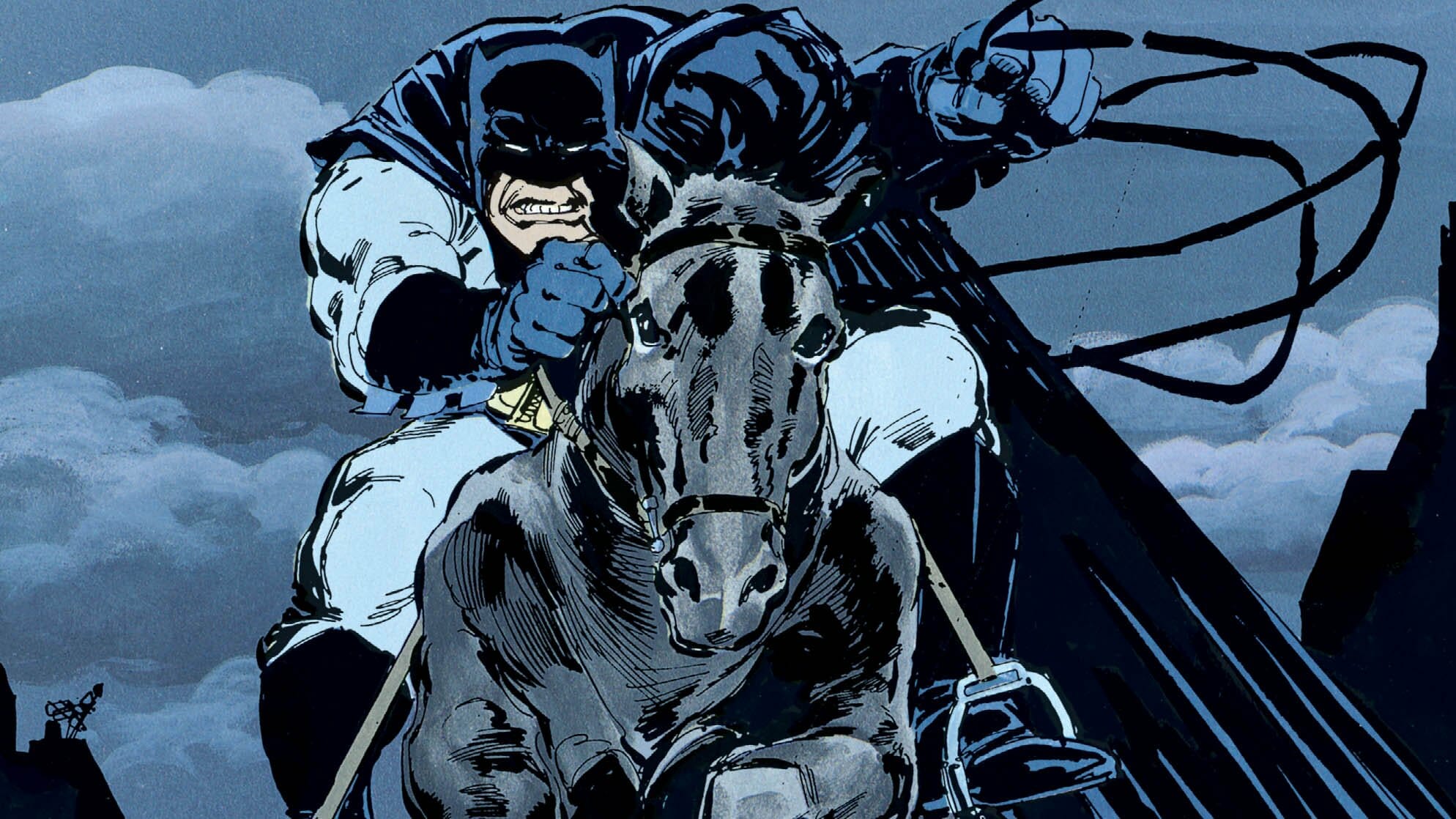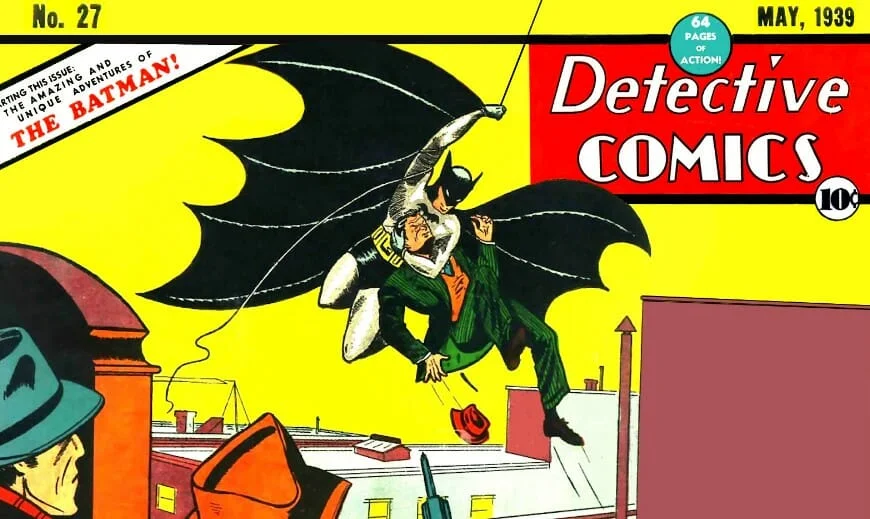
Joker | A Portrayal of Contemporary Man
Year
Runtime
Director
Cinematographer
Production Designer
Music by
Country
Format
Genre
How many different interpretations can a character undergo? Is there a limit to the variations, to the insights, even to the twists and turns that the design of a character can experience? When it comes to the DC Comics supervillain The Joker, this seems almost impossible. Yet, Todd Phillips‘ Joker gives further nuance to the criminal clown and nemesis of the superhero Batman. Co-written with Scott Silver, best known for the screenplays of 8 Mile (2002) and The Fighter (2010), the movie breaks away from traditional superhero movies. Joker serves as a potential origin story for the popular fictional character created by Bill Finger, Bob Kane, and Jerry Robinson, who debuted on the first issue of the comic book Batman in April 1940.
Joker is the 6th highest-grossing movie of 2019 and the 34th highest-grossing movie of all time. The American Film Institute featured it on its list of the Top Ten Movies of 2019. The movie premiered at the 76th Venice International Film Festival where it won the Golden Lion. At the 92nd Academy Awards, it earned 11 nominations (including Best Picture and Best Adapted Screenplay). Joaquin Phoenix won Best Actor (becoming the second actor to win an Oscar for portraying the Joker, following Heath Ledger in 2009 for The Dark Knight). Lastly, the Icelandic composer Hildur Guðnadóttir won Best Original Score. The two also won at the 77th Golden Globe Awards and at the 73rd British Academy Film Awards.
Arthur Fleck becoming the Joker
Gotham City, 1981. Arthur Fleck (Joaquin Phoenix) is an alienated and depressed party clown who lives with his sick mother Penny (Frances Conroy). What’s more, Arthur suffers from a neurological disorder that, among other disabilities, afflicts him with uncontrollable laughter. He aspires to become a stand-up comedian but his attempts result in failure. To make matters worse, his idol Murray Franklin (Robert De Niro) mocks him on his popular talk show. One night, in the subway, three Wayne Enterprises businessmen beat up Arthur, establishing a point of no return for him. Hence begins a spiral of unprecedented violence that culminates in a civil revolt against the rich and powerful, represented primarily by billionaire Thomas Wayne (Brett Cullen).
Inspired by Martin Scorsese‘s Taxi Driver (1976), Raging Bull (1980), and The King of Comedy (1983), Todd Phillips crafts a universal story that aims to explore the root causes of violence, marginalization, mental illness, and despair. Through Lawrence Sher‘s intense, high-contrast cinematography, and Hildur Guðnadóttir’s melancholic and at times disturbing soundtrack, Joker is a moving portrait of human loneliness, madness, and diversity.
In the end, the product of exploring all of these themes is a sociological portrayal of contemporary Western man.
Comparing two Jokers
Joaquin Phoenix’s Joker is a direct sociological descendant of Heath Ledger’s Joker. Indeed, if Ledger’s Joker sets up an allegory of terrorism, Phoenix’s Joker can be seen as a result of the War on Terror. Arthur Fleck is a reject of society, unable to keep up with the pace of the world. As the story goes on, his confidence in his fellow man and in society acquires an increasingly schizophrenic and paranoid tilt.
The driving force of Phoenix’s Joker is pain and alienation, feeling manipulated and rejected. In contrast, the driving force of Ledger’s Joker is chaos, anarchy, and primitive madness. Even their smiles (and laughter) are extremely different. Phoenix’s Joker has a painted smile, first with makeup and then with blood. Therefore it can be removed. Ledger’s Joker has a fixed smile that is the result of a deep scar.
A commentary on the spirit of our times
Director Todd Phillips and cinematographer Lawrence Sher set up a 1980s Gotham City that looks like a modern city. Indeed, the movie portrays a society victimized by fear and intolerance that has many similarities to present-day American society. Also, particularly in the opening scenes, they use longer lens perspectives to show Arthur getting lost in the crowd, conveying the alienation that runs throughout the story. As Lawrence Sher said to The Observer:
I’ve always felt like those longer lens perspectives serve an almost voyeuristic view into a person’s life and to some extent can make you feel more like a fly on the wall. The perspective and the psychological effect that has on the audience, I think, at least by proxy, is to see him in a bigger world as slightly invisible in the same way that we walk by people all the time and don’t see them, particularly people with mental illness.
Lawrence Sher in an interview with The Observer
“Is it just me, or is it getting crazier out there?” wonders Arthur. In the end, Joker is the story of an ordinary man who is a victim of life, mistreated, and unable to relate to the codes of the community in which he lives. A man whom society hypocritically wants to see happy – as Arthur’s mother calls him – but who shows himself to the viewer as living flesh, exposed to the upheavals of this century. Joaquin Phoenix’s acting results in an intense process of humanizing the character. And his disturbing laugh breaks the fourth wall.
What’s more? Despite being intended as a standalone movie, Todd Phillips is reportedly co-writing a sequel.
Tag
Buy a ☕ for Hypercritic









